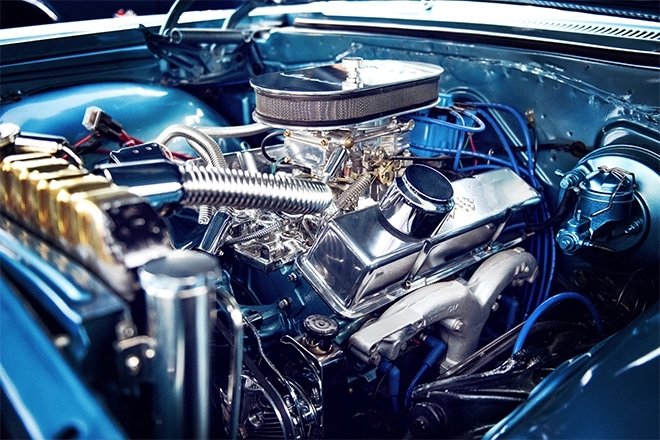Engine cooling fans play a crucial role in maintaining the optimal operating temperature of an engine. Whether it's in a vehicle or industrial equipment, a well-designed cooling fan is essential for efficient and reliable performance. To meet the diverse needs of various applications, custom engine cooling fans are often the preferred choice. In this article, we will explore the key aspects of crafting custom engine cooling fans for optimal performance.
Custom Engine Cooling Fans: Optimizing Size and Blade Design for Efficiency
When it comes to custom engine cooling fans, one size does not fit all. Optimizing the size and blade design of a cooling fan is crucial for achieving maximum efficiency. The size of the fan should be carefully determined based on the specific cooling requirements of the engine. A fan that is too small may not provide adequate airflow, leading to overheating, while a fan that is too large may consume excessive power and create unnecessary noise.
Blade design is another critical factor in optimizing the efficiency of a custom engine cooling fan. The shape, angle, and number of blades can significantly impact airflow and noise levels. Advanced computational fluid dynamics (CFD) analysis is often employed during the design phase to ensure optimal performance. By carefully considering the size and blade design, custom engine cooling fans can provide the ideal balance between cooling capacity, power consumption, and noise generation.

Custom Engine Cooling Fans: Material Selection
In addition to size and blade design, material selection is another crucial aspect of crafting custom engine cooling fans. The materials used should be able to withstand the demanding operating conditions of the engine environment. High-quality materials such as durable plastics, aluminum, or composite materials are commonly used in the construction of custom engine cooling fans.
The selection of materials also impacts the weight of the fan. A lightweight fan can minimize the overall weight of the vehicle or equipment, contributing to improved fuel efficiency and performance. Moreover, the materials used should have good thermal conductivity to enhance heat dissipation and prevent damage to the fan itself.
Custom Engine Cooling Fans: Advanced Control Systems for Dynamic Cooling Needs
Modern engines often require dynamic cooling strategies to adapt to changing operating conditions. Custom engine cooling fans can be equipped with advanced control systems to meet these dynamic cooling needs. Variable speed fans, for example, can adjust their rotational speed based on the engine's temperature to provide precise cooling control. This helps in reducing energy consumption and enhancing overall efficiency.
Furthermore, automotive cooling fan can incorporate sensors and intelligent control algorithms to monitor various parameters such as engine temperature, coolant flow rate, and ambient conditions. By continuously analyzing these data, the fan can dynamically adjust its speed and airflow to optimize cooling performance.
Custom engine cooling fans can also be integrated with existing engine control systems, allowing for seamless integration and coordinated control. This ensures that the cooling system and other engine components work together harmoniously, maximizing overall performance and efficiency.
In conclusion, crafting custom engine cooling fans is a meticulous process that involves optimizing size and blade design for efficiency, selecting appropriate materials, and incorporating advanced control systems for dynamic cooling needs. By considering these factors, custom engine cooling fans can be tailored to meet the specific requirements of different applications, ensuring optimal engine performance and reliability.


 EN
EN 

 +
+
 +
+
 +
+



